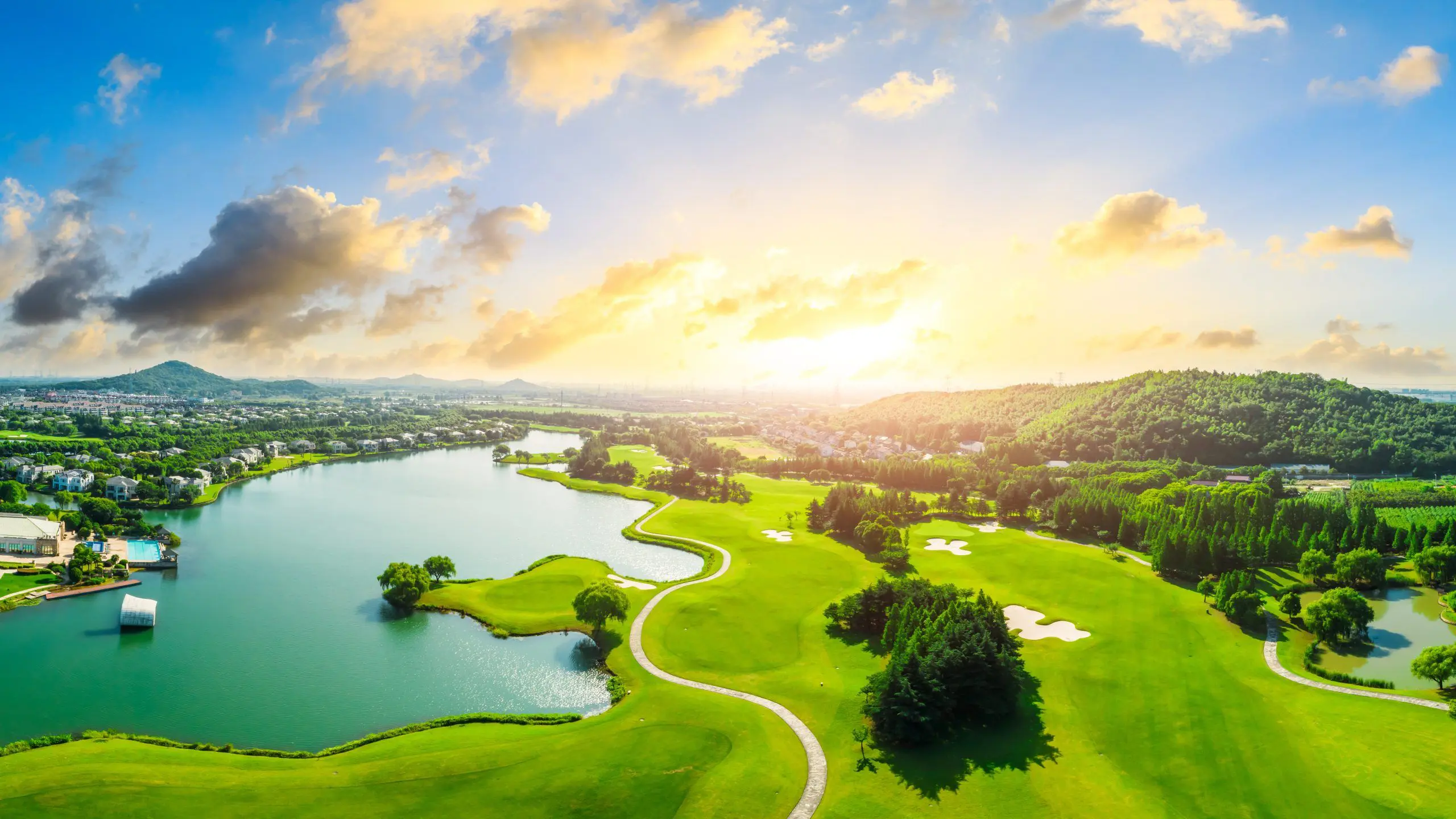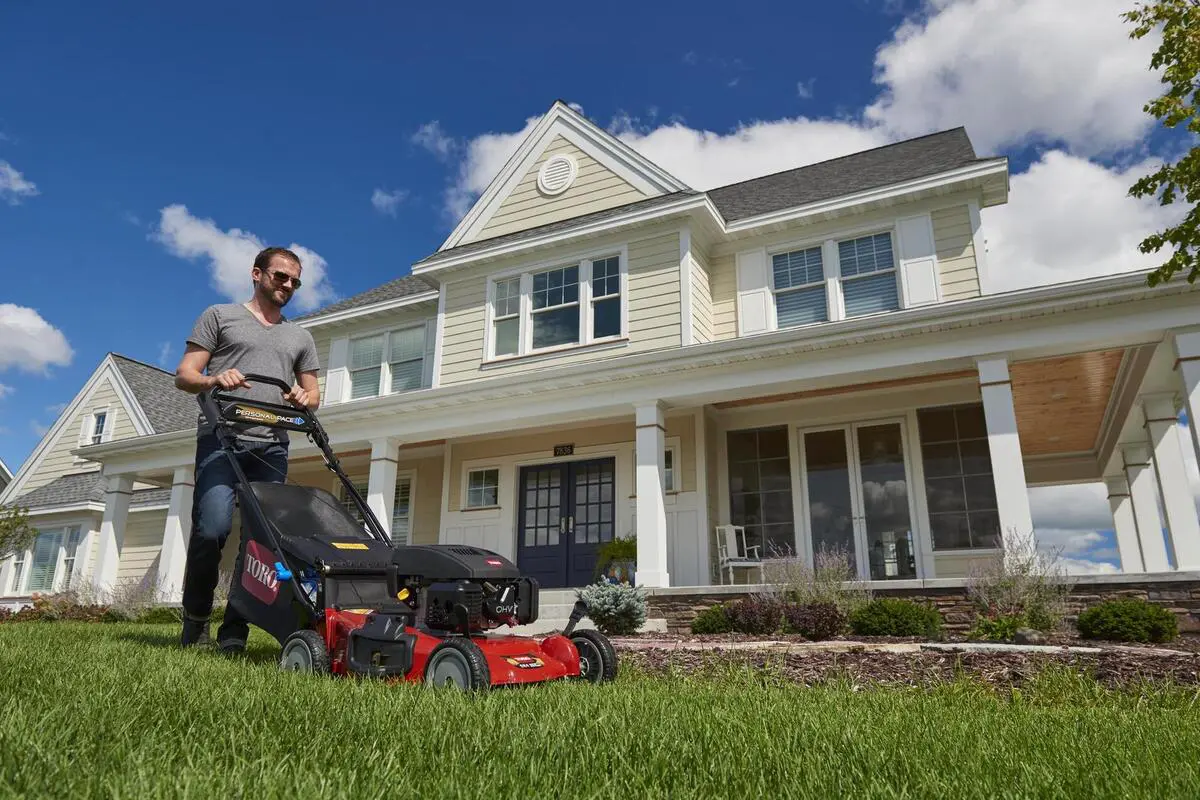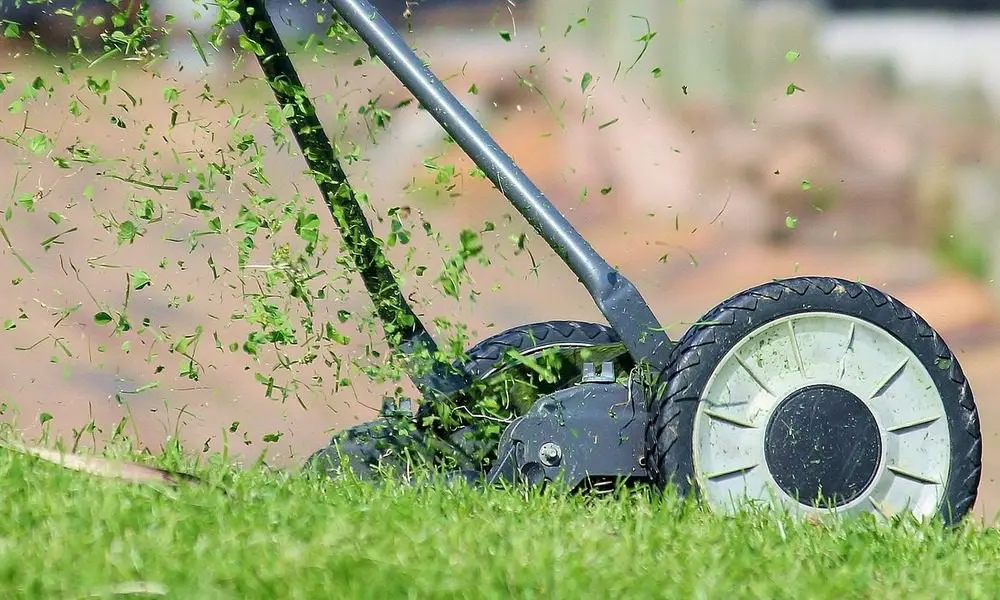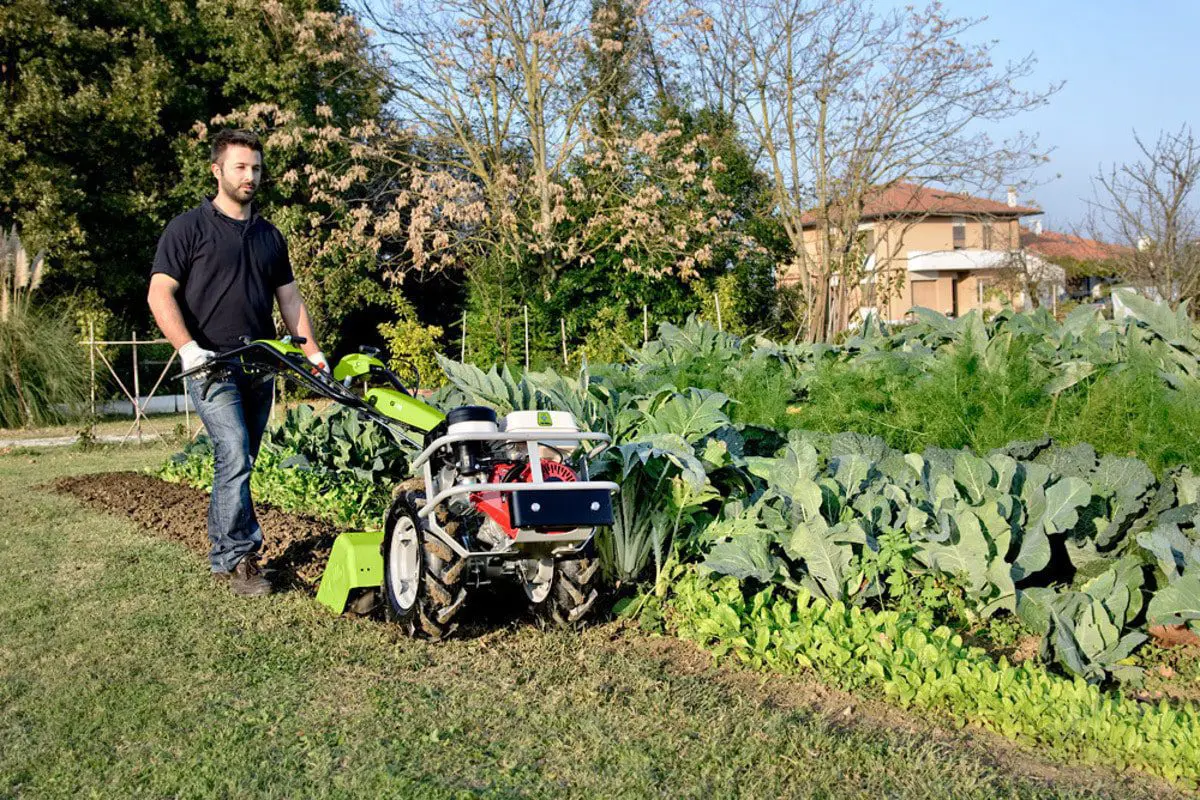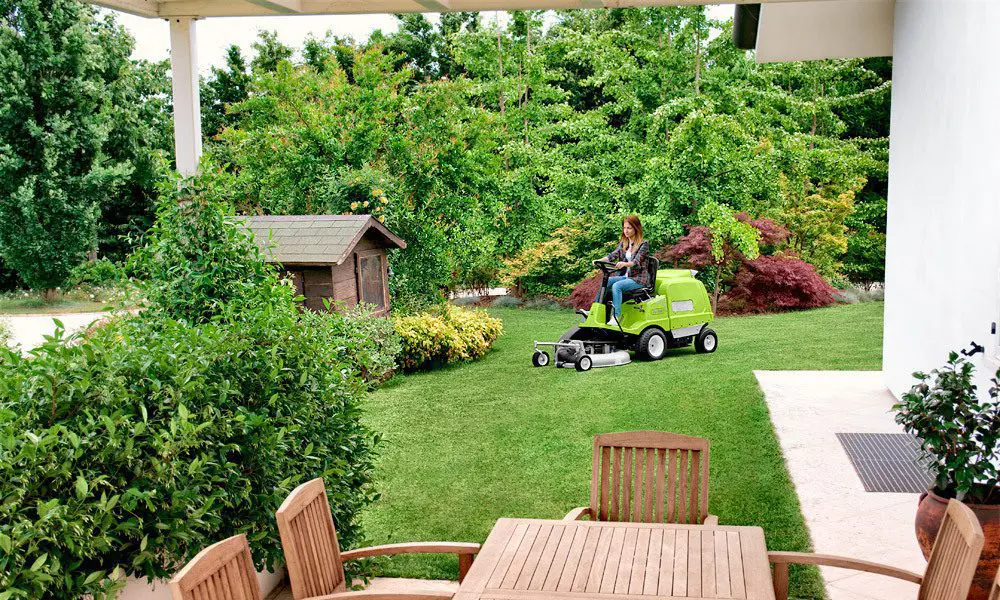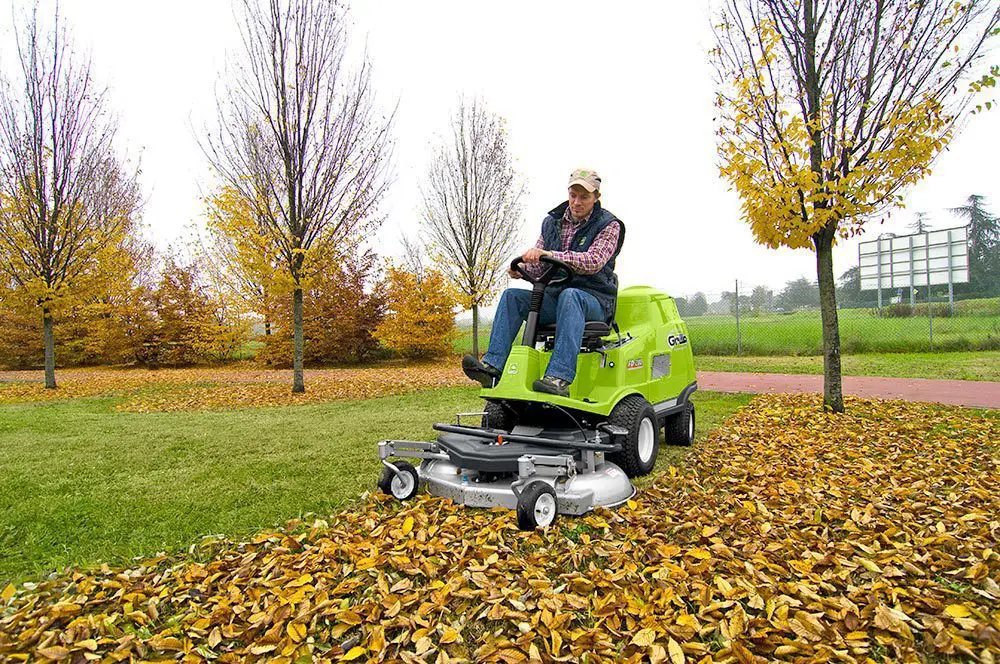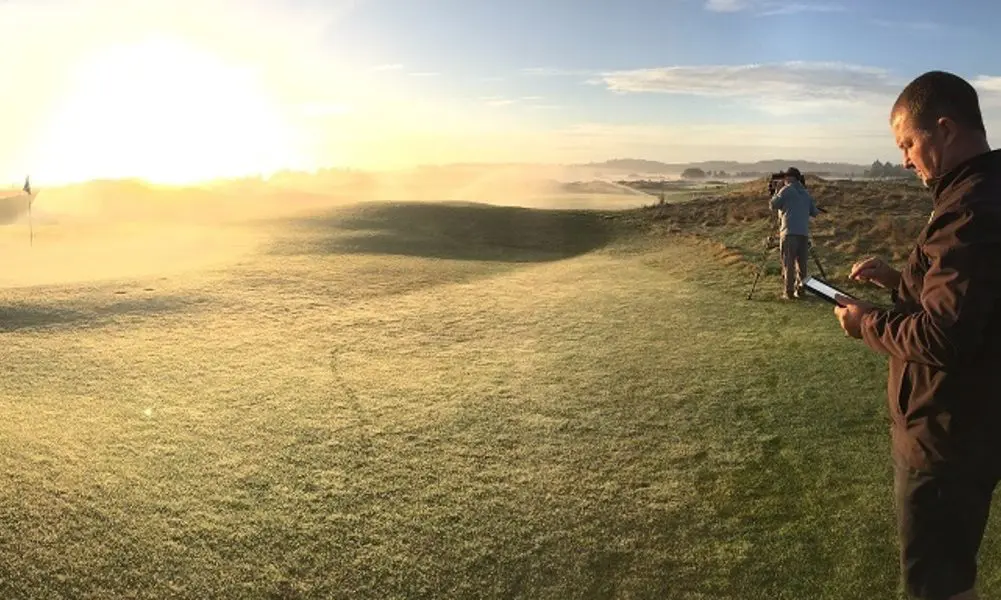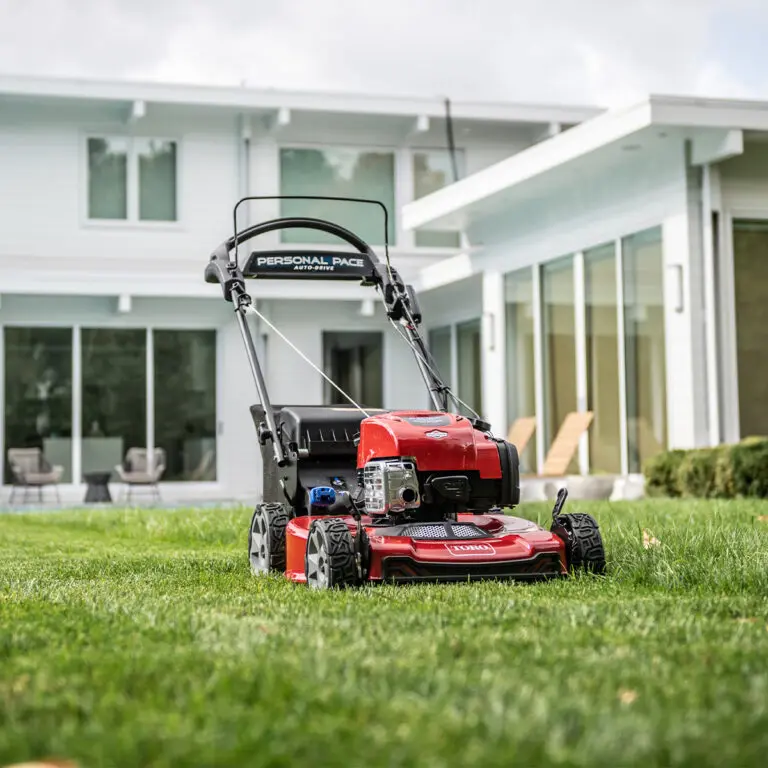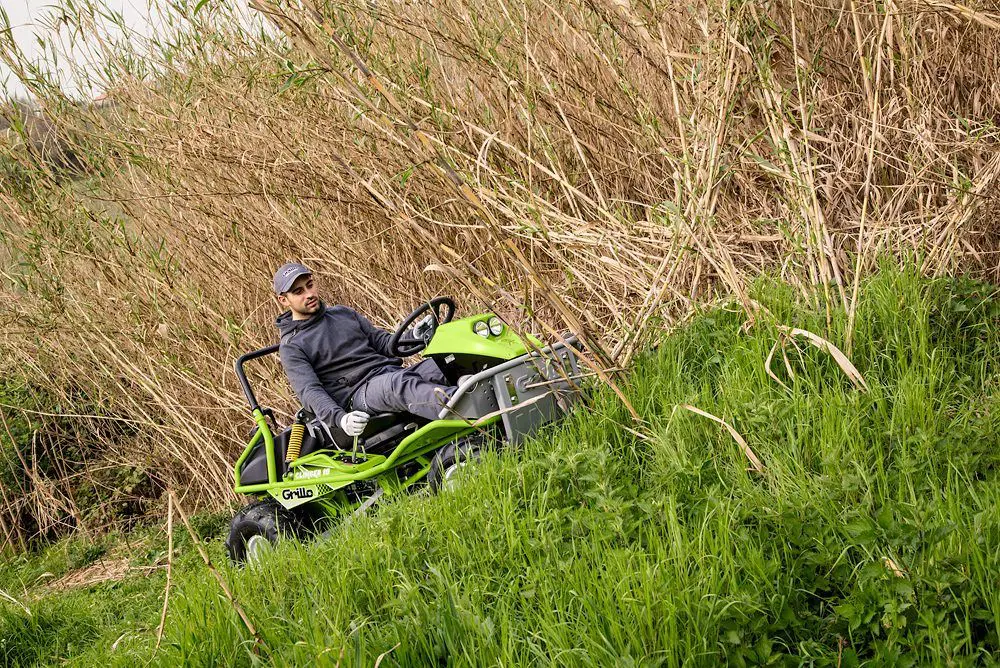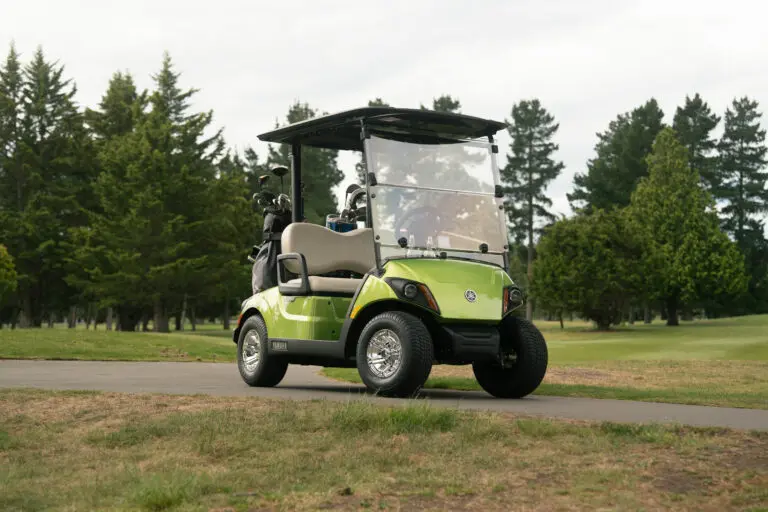Maintaining Biodiversity on Golf Courses
Golf courses, with their well-manicured fairways, lush greens, and scenic landscapes, have long been synonymous with sporting luxury. However, there is a growing recognition that golf courses can play a crucial role in preserving and enhancing biodiversity.
Greenkeepers and landscapers play a crucial role in preserving and enhancing biodiversity on these courses. By implementing a few key practices, they can ensure that golf courses become thriving ecosystems while still maintaining their aesthetic appeal.
Here are some tips for greenkeepers and landscapers to maintain biodiversity on golf courses.
Native Plant Selection
When planning and designing golf course landscapes, opt for native plant species. Native plants are adapted to the local environment, making them more resilient and better suited for the local wildlife. They provide food, shelter, and nesting sites for birds, insects, and other creatures. Incorporate a diverse range of native grasses, wildflowers, shrubs, and trees into the landscape, creating a mosaic of habitats that supports a variety of species.
Habitat Creation
Dedicate specific areas on the golf course for wildlife habitat creation. These areas can include ponds, wetlands, meadows, and woodlands. By incorporating these diverse habitats, you can attract a wide range of species. Wetlands and ponds, for example, can support amphibians and waterfowl, while meadows and woodlands provide homes for insects, birds, and small mammals. Ensure these areas are properly maintained to support the growth and development of the desired flora and fauna.
Integrated Pest Management
Implement an integrated pest management (IPM) program to control pests effectively while minimizing harm to beneficial organisms. Use environmentally friendly pest control methods such as biological controls, cultural practices, and targeted pesticide applications only when necessary. Regularly monitor the course for signs of pests and diseases, and take preventive measures to minimize their impact. This approach reduces the need for excessive pesticide use, protecting both the ecosystem and the players.
Water Management
Efficient water management is essential for both golf course maintenance and biodiversity preservation. Implement sustainable irrigation practices to minimize water usage. Utilize weather-based irrigation controllers and moisture sensors to optimize water application and prevent overwatering. Additionally, consider creating buffer zones around water bodies to filter runoff and reduce the risk of chemical contamination.
Wildlife-friendly Features
Introduce wildlife-friendly features throughout the golf course to encourage biodiversity. Install birdhouses, bat boxes, and insect hotels to provide additional nesting sites. Set up butterfly gardens or plant nectar-rich flowers to attract pollinators. Leave fallen logs and brush piles in designated areas to provide habitat for small mammals and invertebrates. These features not only enhance the biodiversity but also create an opportunity for players to connect with nature during their game.
Education and Outreach
Raise awareness among staff, players, and the community about the importance of biodiversity on golf courses. Conduct educational programs, nature walks, or workshops to highlight the ecological significance of the golf course and the steps being taken to support biodiversity. Encourage players to respect the course’s natural areas and provide them with information about the wildlife they may encounter. By fostering a sense of stewardship, you can garner support and involvement from the golfing community in biodiversity conservation efforts.
By implementing these tips, greenkeepers and landscapers can transform golf courses into vibrant ecosystems that coexist harmoniously with the sport of golf. The integration of biodiversity not only enhances the beauty of the course but also contributes to the overall ecological health of the surrounding area. Golf courses can become not just recreational spaces but also crucial contributors to conservation efforts. Through careful planning and sustainable practices, we can ensure that these spaces continue to thrive as both sporting venues and sanctuaries

